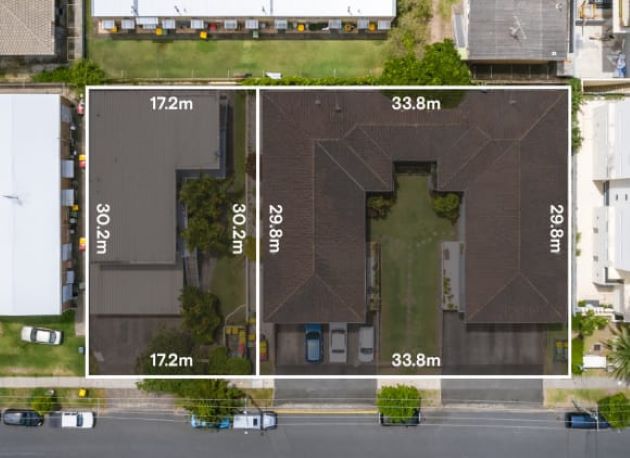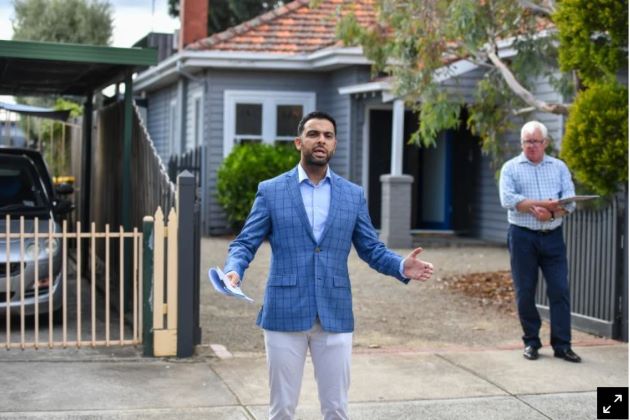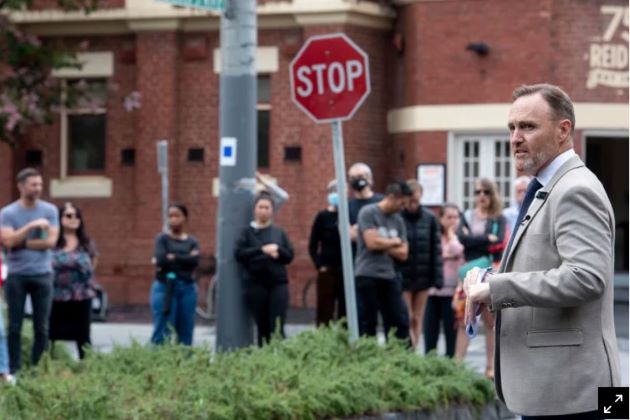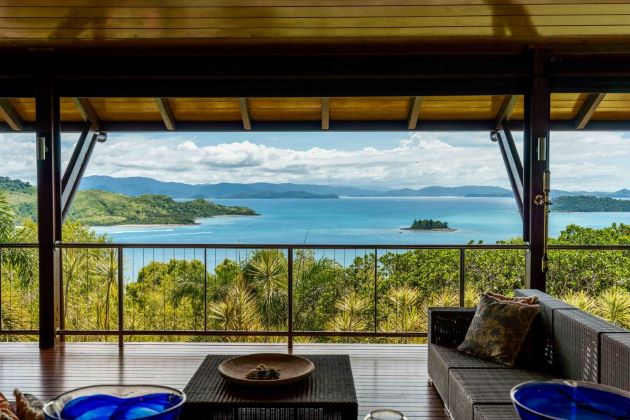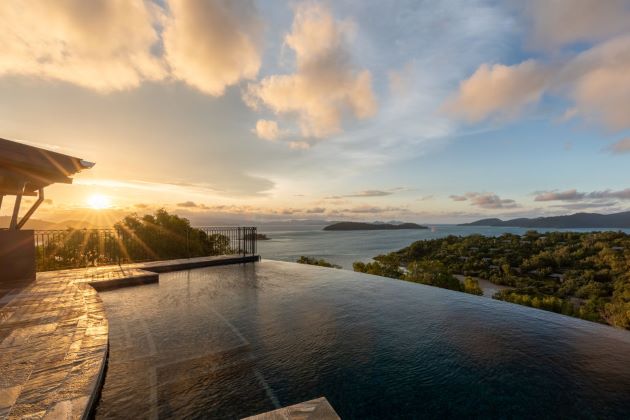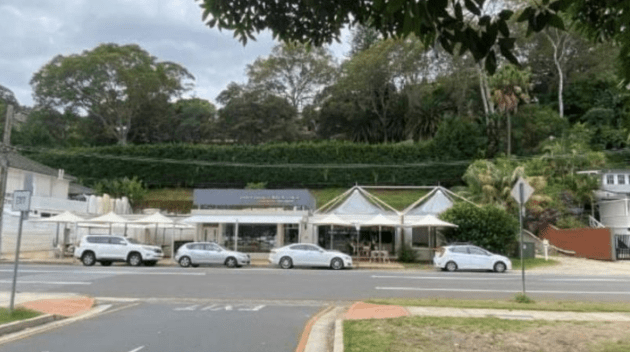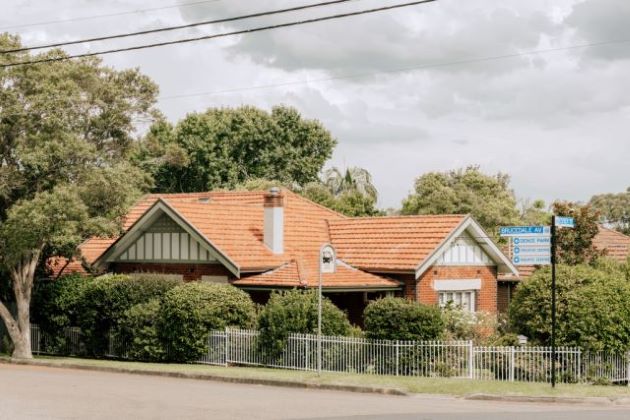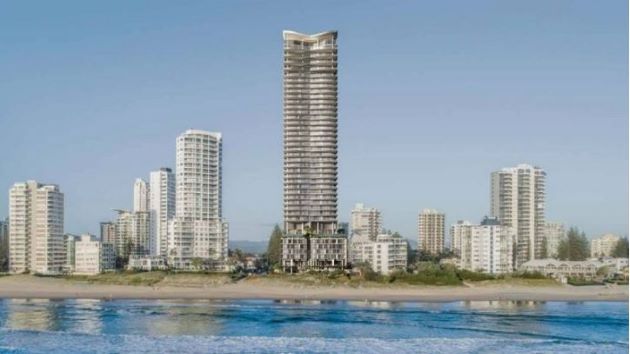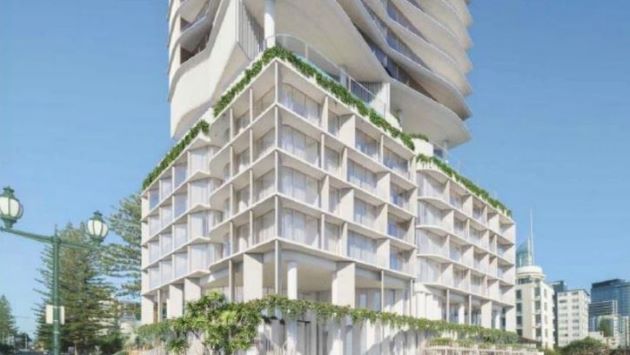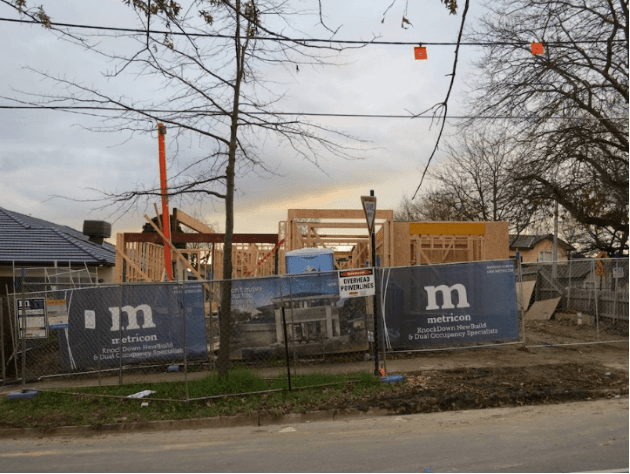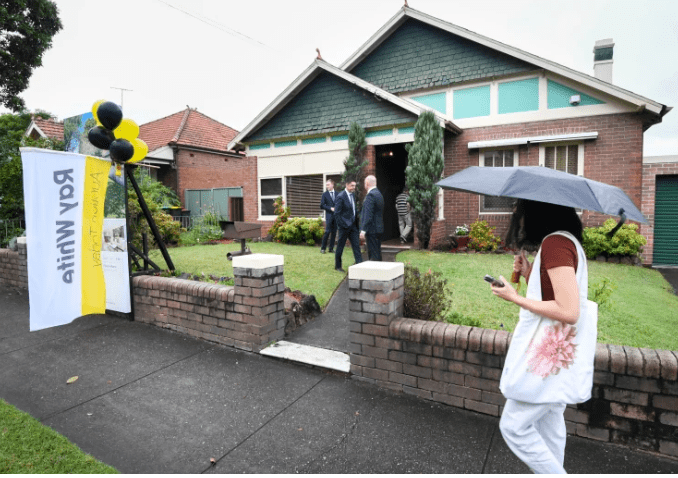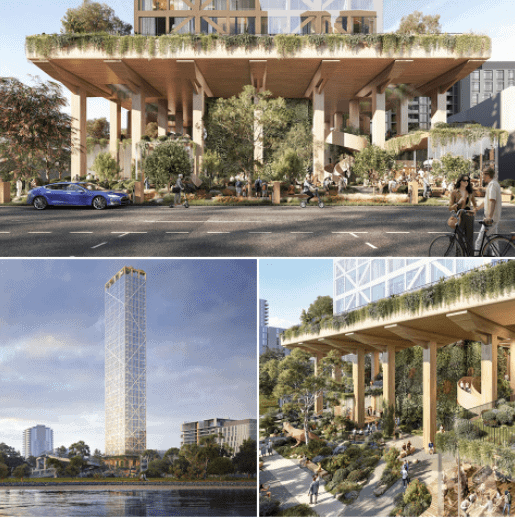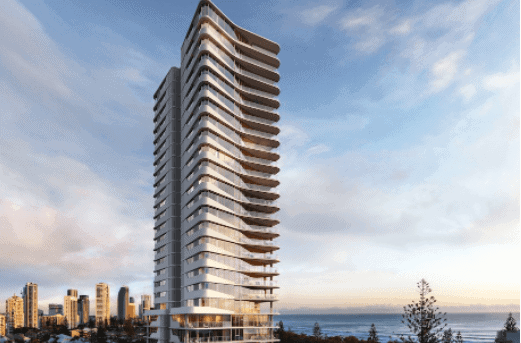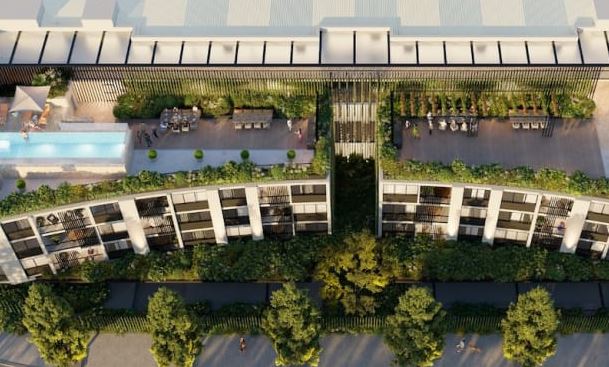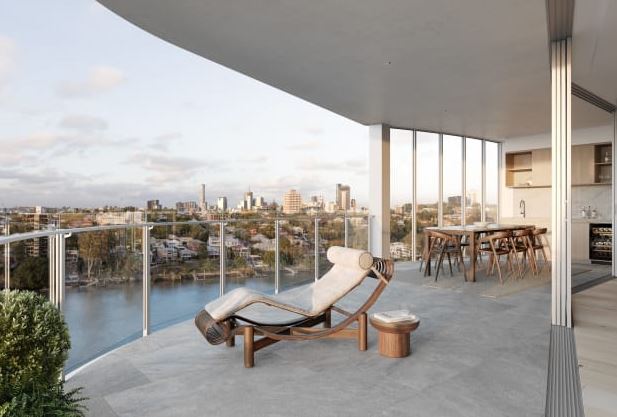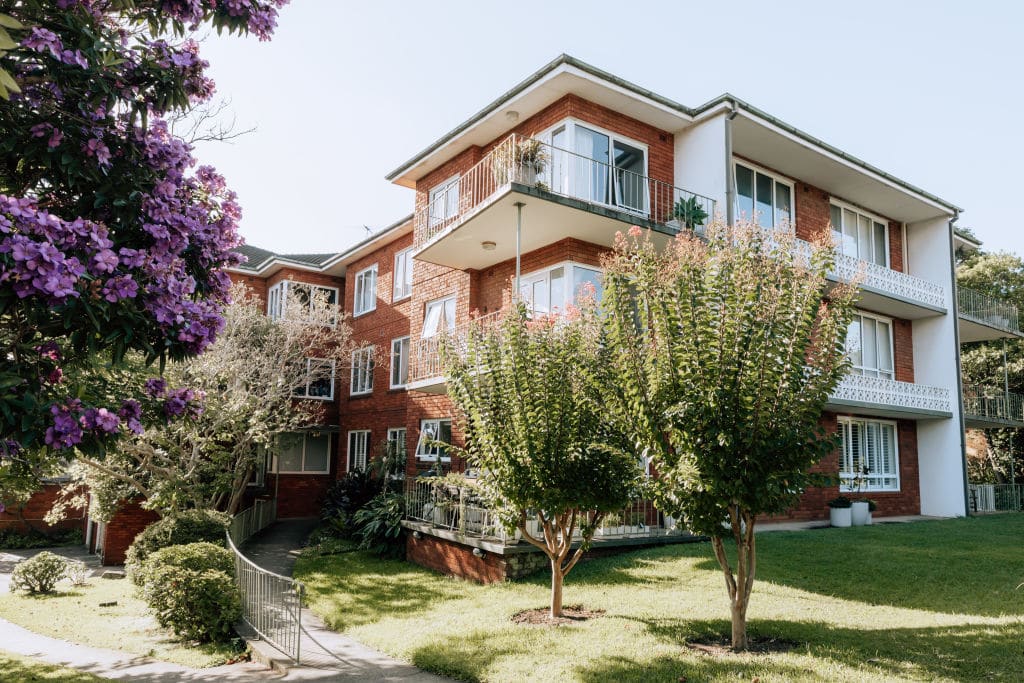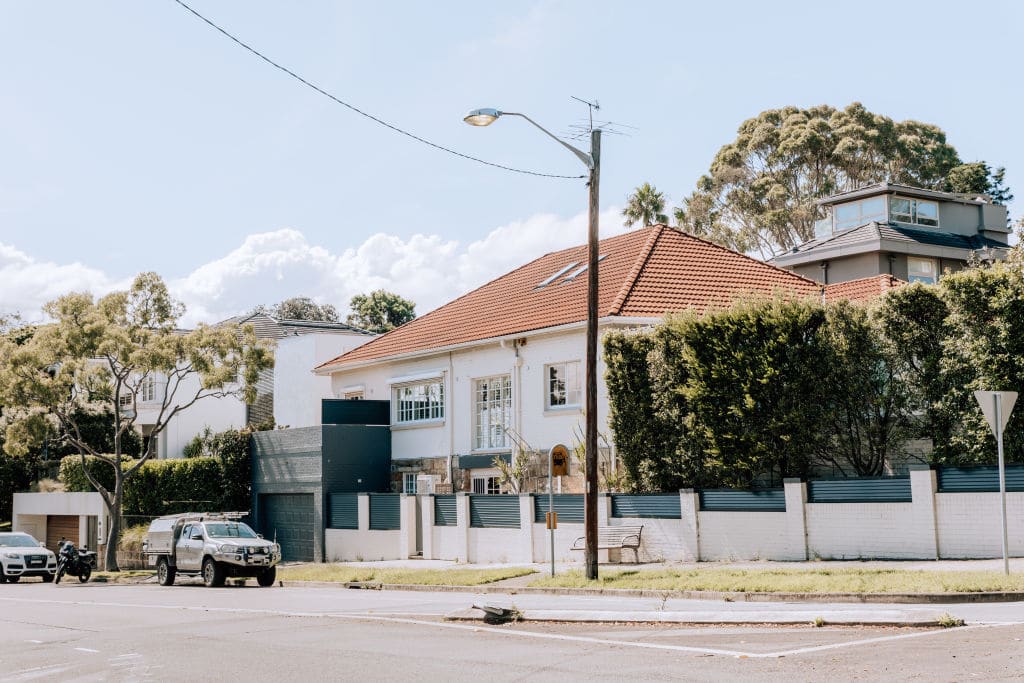When it comes to marketing a business, building a quality website is crucial in making your brand stand out from the rest. Websites are a sales asset that companies and businesses work on to achieve better business outcomes. The real estate industry is already utilizing the power of the internet to increase its customer outreach and improve its sales. In this article, we will explore the components which are essential in making the perfect real estate website. So, stay informed and follow the required steps to achieve the best results.
Defining The Purpose
Be clear about the purpose of your website which is to provide support, facilitate the customer, and sell your products or services. Leading real estate website developers suggest working on these essential aspects mentioned below to build a strong brand identity.
- Building credibility is essential to gaining the customer’s trust. The information you present on the website should be credible and make a lasting impression on the user.
- The functionality of your website should be top-notch. This will instill a positive feeling when the user is surfing the website and deliver a positive experience.
- The content provided should deliver value to the visitor and make your products and services sellable.
- Your website infrastructure should be advanced enough to be able to scale it up when necessary. Using an advanced framework eliminates the need for continuous IT support.
Now that we have covered the core aspects of the website you should cling to, let’s look at the steps to cover and the things to consider when building a real estate website.
Finalizing Your Creative Outline
To make a website successful, you will need a website development team. Your creative outline is the roadmap that defines your project. The outline should enlist the set goals and briefly explain the areas that can influence the development of a website. Here is what the outline should include.
- Brief background information detailing your goals, the expected challenges that might arise, and the relevant reports to support your decision.
- Determine the type of audience your website will target and revamp your website according to their demands.
- Evaluate what your competitors are offering on their websites and provide content to differentiate your website from others.
- The tone and message you deliver through the website should be clear.
- The photo and video content provided should be of top quality and great effort should be put into designing the content.
Building a Real Estate Website
Hire a team of competent developers as the extensive codes, integrations, and complexities can only be handled by professionals. You only have to provide clear instructions on what you would most likely want on your website. These developers will also provide you with services for a specific time after the website is up just in case you want to modify or change a feature or function.
You can also opt for a codeless website that doesn’t require you to hire a coder or a developer in building the website. There are several codeless platforms available that can easily be used by non-technical people. These codeless platforms offer a simple interface with tons of options to make a complex website. The websites made on codeless platforms provide top-notch functionality, have in-built integrations, the option to add on widgets, and tons of visual templates so you can get your website up and running within no time.
Website Marketing
As soon as the website is up, your website marketing team can take over and start promoting the content for better business outcomes. Stay in touch with the marketing team to ensure that they completely understand your approach to the website. Over time, the marketing team will work on blogs and videos and update them regularly for better outreach. Furthermore, they promote your website using various mediums so the website can gain more leads and potential customers.
A real estate website should work on the aspects mentioned below for better web marketing outcomes.
- Search engine optimization or SEO is a process that assists a website in climbing up the rankings of online search engines which ultimately improves the website viewership. You can review the requirements that various search engines have so it becomes easier for you to achieve effective results.
- Work on your landing page as you are aiming to make a strong first impression. Landing pages are crucial in marketing as they will be the page you want users to engage with while you promote your products or services. Most real estate websites have their listing as their landing page.
- Make sure your contact information is included and displayed prominently on the website such that it automatically shows up on every page the user visits.
- If you are utilizing the power of social media platforms to promote your business, consider adding these social media links to the website. Doing this increases the chances of the user interacting more through the provided social media channels.
Working on The Design
Your real estate website should be visually appealing, provide a smooth user experience in terms of functionality, and provide user satisfaction. The real estate business is all about building a trustworthy brand identity and developing connections with clients. If you are targeting a local audience, use high-quality visual content to show them you are from their community and always ready to assist in real estate-related matters. Furthermore, the listings you upload should have images that portray the property from different angles and provide every single detail to inform the user.
The interface design of your real estate website should appeal to the user and be simple enough for easy navigation. If you have built your website with the help of web developers, stay in touch with the web design team and make sure the content, colors, and overall outlook aligns with each other. Following up in the first place is crucial as it changes the visuals of a website after it takes a lot of time to modify.
On the other hand, a codeless website uses visual templates and themes which can be easily swapped with another if you want to change it later on. There are tons of real estate investor website templates available; they can be used on codeless platforms without requiring any technical expertise or assistance. These templates not only provide a visually amazing feel to the website but also saves time in designing the style from scratch.
Uploading Listings
Depending on your business requirements, work on your listings and try to provide a bit more information than your competitors do. Whether the listings are your own or belong to a fellow real estate agent, it’s important to review them since putting any property upon the listings will naturally gain traffic, ultimately increasing the chances of the displayed properties being sold even more quickly.
Recent Sales Section
As the real estate business is all about developing trust, add a section on your website where you can display the recent deals you facilitated between buyers and sellers. Doing this gives the user a positive impression and increases the traffic to your website.
Virtual Tours
You can provide the user with a virtual tour by shooting a video of the property. However, remember to hire a professional videographer as a visually appealing video will most likely influence the user to make a deal. Virtual tours can also be provided on virtual reality platforms so the user can have an immersive experience and give positive feedback.
About Section on Your Website
Work on your about us page and let the users know about you and your business. It is essential to provide at least some form of information so the visitor can get an idea of the products or services you are offering. It will be your personal choice how much information you add on the about us page. While some real estate brokers prefer providing comprehensive information, others choose to add only the contact information in the header or footer. Either way, it’s up to you to decide how you prefer to display the relevant information.
Include Reviews
Reviews are a crucial component of a real estate website that facilitates building the credibility and brand identity of a business. Reviews have the potential to make or break a business. Several polls and surveys reveal that around 80% of users read online reviews of a local business before trusting them or making a decision. Therefore, reviews can have a huge impact on the outcomes of your real estate business. You can dedicate a separate page for reviews for a cleaner look, as it might not be possible to cram in reviews on other pages.
Get Testimonials
If you are in the real estate industry for a long time, then you can understand the power of a testimonial. Whether you have sold a vintage property or a luxurious mansion, try getting a testimonial and display it on your real estate website to further solidify the brand impression. Testimonials from companies and businesses are also a plus if they don’t have an issue with displaying their identity on your website.
Sign up Forms
Putting sign-up forms and subscription offers is an ideal way to capture potential leads from your real estate website. Using these services, you can send newsletters, important information regarding properties, and related tips to keep the user engaged. You can also offer specialized programs or work with a specific type of buyer or seller from your website by creating lead capture forms.
Including Details
Most buyers hesitate in buying a property if they are not clear on the terms and conditions. Likewise, sellers are entrusting their property so they need to make sure you, as a real estate agent, will market their property to the best of your abilities. Be upfront and provide all the information on how you will be promoting their property to instill trust.
Include a FAQ Section
It’s natural for a buyer or seller to have questions in their mind when dealing with properties. Questions like the commission rates, the process of selling or buying the property, and a lot more will naturally come to their mind and should be answered accordingly. Depending on the real estate niche you are providing the services for, the questions can vary. Most questions are basic queries that can be addressed in the FAQs section of your website. Putting up these simple queries and answering them can save tons of time explaining them to the user.
Community Pages
The real estate agents targeting the market at a local level can include a community page on their website to provide community-based information. You can add information regarding the neighborhood, communities living in a specific area, or add community guides to assist buyers in making a decision. Providing authentic information about the neighborhood, their lifestyle, and the available attractions leaves a positive impact on the brand identity of your business.
Working On Your Niche
The real estate industry has become highly competitive and aspiring real estate businesses find it hard to compete in this saturated market. To stand out from the rest of your competitors, it is crucial to provide offers that could catch the attention of the visitor. The best way is to work on your niche instead of dealing with just about any type of property. For example, if you want to provide services to industries, build your listings according to those particular requirements.
Property Management
If your real estate agency offers property management, dedicate a page to the service on your website. You can provide this service to clients looking for property management solutions. Another great add-on you can apply to your website is the integration of home valuation. This service can be used by visitors so they can get an idea of how much they will be spending on different processes when buying or selling a property.

Anyone can build a real estate website, but only a few stand out; a lot of attention and detail must be put into it to get the best outcomes. We hope the information presented above could assist you while you work on developing your real estate website. To get the best results, always consider your requirements first and then set your strategy so your website doesn’t turn into an unintelligible mess.
from Queensland Property Investor https://ift.tt/Xzia7Sk
via
IFTTT
